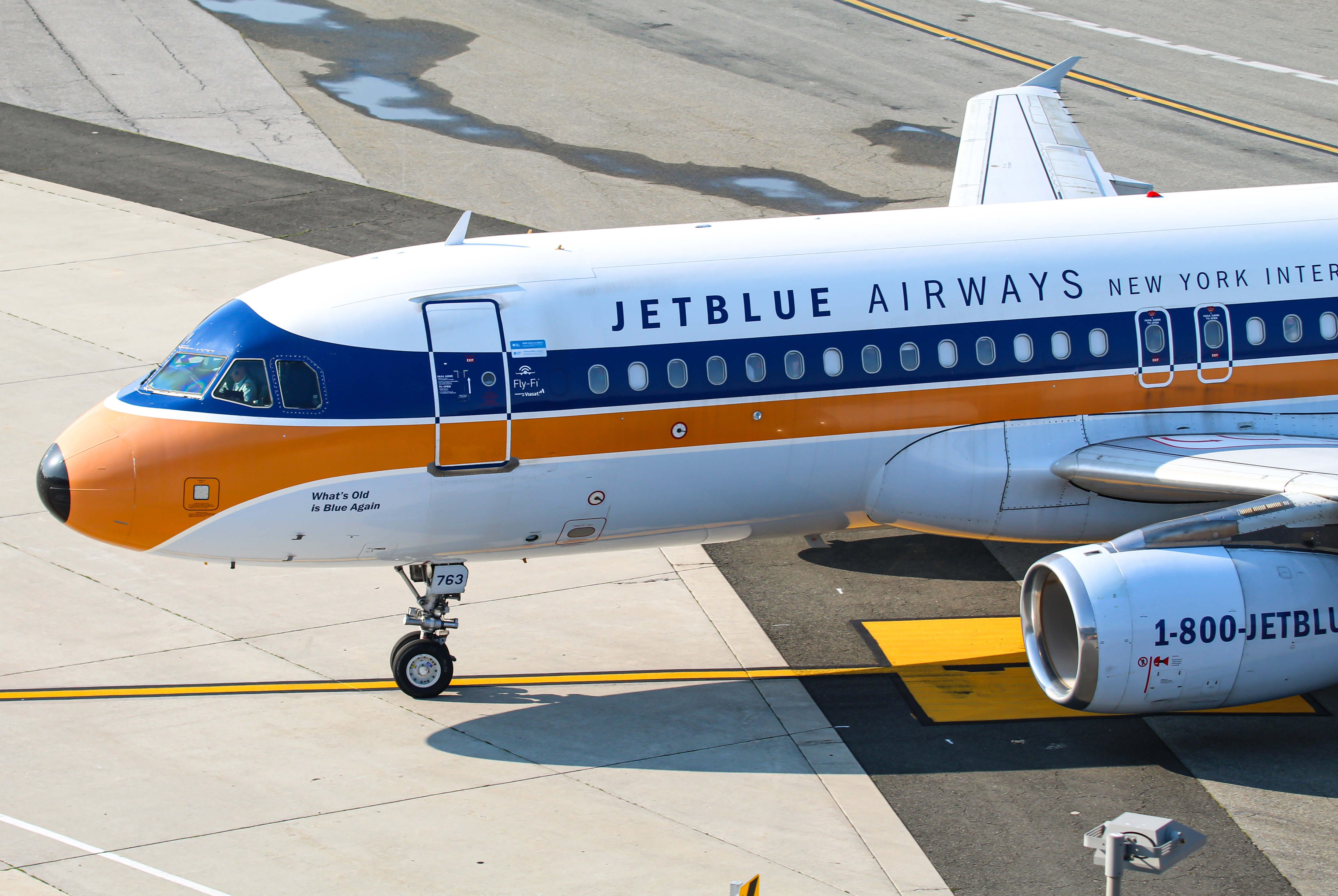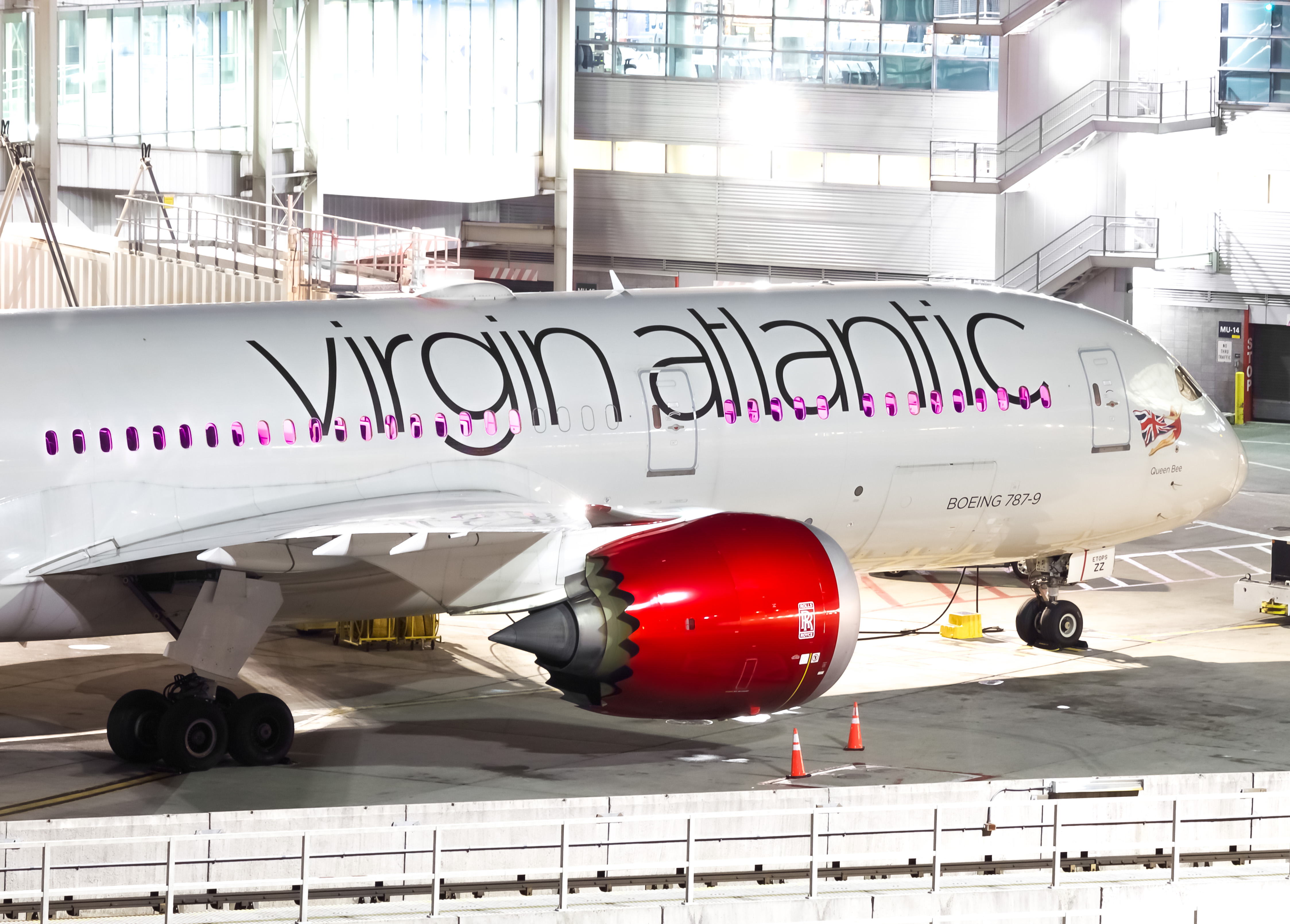Low-cost carrier Southwest Airlines has a history of avoiding busier hub airports. Despite this, ever since the mid-2000s, the carrier has begun adding some of America’s busiest airports to its network. Comments from one of Southwest’s former executives revealed there could be more of these additions in the future, more specifically in their hometown of Dallas.
For decades, Southwest has shown favor for smaller, lower-cost alternatives to major cities in the United States. For example, their headquarters borders the property of Dallas’ Love Field Airport (DAL), the gateway often thought of as an alternative for the busier Dallas/Fort Worth International Airport (DFW). In fact, the carrier fought a fierce legal battle for the right to remain at Love Field instead of moving to DFW. Meanwhile, other secondary airports like Chicago-Midway and Houston-Hobby have become large and important cities in the carrier’s network.

With the exception of Los Angeles, throughout the 1980s and 1990s Southwest remained dedicated to almost exclusively serving secondary airports. However, things changed in 2004 when Southwest challenged US Airways by launching flights to Philadelphia International Airport (PHL). In the following years, more major hubs like Denver (DEN), Boston (BOS), and San Francisco (SFO) were added. Additionally, throughout the pandemic Southwest doubled down on its expansion in major hubs with the launch of service to Miami (MIA), Chicago O’Hare (ORD), and Houston-Intercontinental (IAH).
Missing from the list of newly added hubs, however, is Dallas/Fort Worth International Airport. Despite this, Southwest is considering the gateway for future growth within the next decade. Former CEO Gary Kelly explained that it made little sense for the carrier to serve the Dallas area for such a long time without growing in the Texas city. Though perhaps unexpected, the case for service to DFW has some strong points. For example, in a compromise to end the Wright Amendment, it was agreed that the airport was not allowed to add any additional gates (making the maximum number of gates the airport is allowed to 20). On top of this, Love Field is not allowed to handle any international flights. If Southwest wanted to add more flights from north Texas (especially international routes), then DFW might be its best way.

A move to DFW does have its drawbacks. The airport is a massive hub for American Airlines, which would undoubtedly defend its turf against any new carriers. To make things more difficult, DFW is a very large and oftentimes congested airport, meaning keeping planes productive like Southwest and other low-cost carriers do would be another challenge. Southwest will have to consider the strengths and weaknesses of this strategy in the coming years to determine if it will help its presence in Dallas. Regardless of the outcome, one thing is certain: long gone are the days that Southwest avoids major hubs.
Cartel Bombing: The Story of Avianca Flight 203 » Why Are Electric Taxiing Systems Not Used Today? » Smoking in the Sky »
Comments (0)
Add Your Comment
SHARE
TAGS
INFORMATIONAL southwestsouthwest airlinesdfwdallasdallas fort worthtexasRECENTLY PUBLISHED
 Extraordinary Courage: The Fight To Save Alaska Air Flight 261 - Part 2
Alaska Air Flight 261 crashed into the ocean off the coast of California on January 31, 2000, when the jackscrew assembly in the tail failed, causing the aircraft to lose vertical control. The pilots fought valiantly to the very last second to save their aircraft. However, their fate was sealed by circumstances set in place long the pilots ever boarded their doomed aircraft.
This is the second of two parts.
STORIES
READ MORE »
Extraordinary Courage: The Fight To Save Alaska Air Flight 261 - Part 2
Alaska Air Flight 261 crashed into the ocean off the coast of California on January 31, 2000, when the jackscrew assembly in the tail failed, causing the aircraft to lose vertical control. The pilots fought valiantly to the very last second to save their aircraft. However, their fate was sealed by circumstances set in place long the pilots ever boarded their doomed aircraft.
This is the second of two parts.
STORIES
READ MORE »
 JetBlue Announces Major Puerto Rico Expansion; New Mint Service
JetBlue announces major expansion in Puerto Rico with six new routes and upgrades six routes to include Mint business class.
NEWS
READ MORE »
JetBlue Announces Major Puerto Rico Expansion; New Mint Service
JetBlue announces major expansion in Puerto Rico with six new routes and upgrades six routes to include Mint business class.
NEWS
READ MORE »
 SAF Powered Test Flight Shows Reduction in Carbon Emissions
Virgin 100 was the first ever flight to cross the Atlantic Ocean on 100% sustainable aviation fuels. After a year of planning between numerous companies, regulatory approval for the unique blend of SAF used, and six months of data analysis after the flight, Virgin Atlantic has released results showing a major reduction in carbon emissions.
NEWS
READ MORE »
SAF Powered Test Flight Shows Reduction in Carbon Emissions
Virgin 100 was the first ever flight to cross the Atlantic Ocean on 100% sustainable aviation fuels. After a year of planning between numerous companies, regulatory approval for the unique blend of SAF used, and six months of data analysis after the flight, Virgin Atlantic has released results showing a major reduction in carbon emissions.
NEWS
READ MORE »





